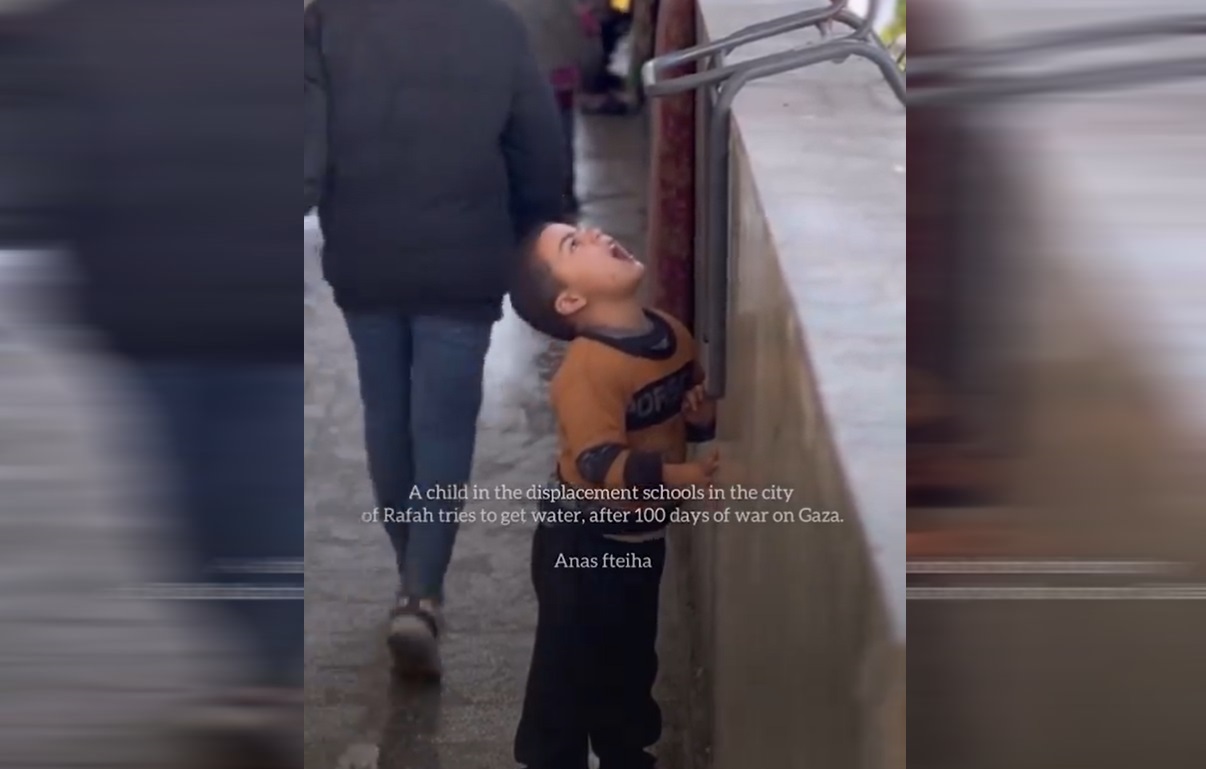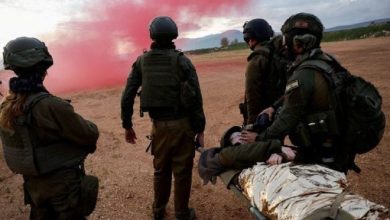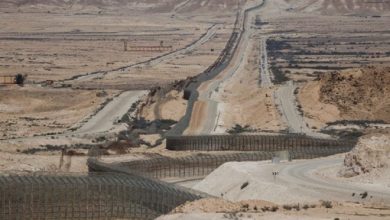Heartbreaking scenes from Gaza… A child struggles to get a sip of water under the tap

Watan-The documented footage reveals the horror of the humanitarian catastrophe caused by the brutal war waged by the occupying army in Gaza since October 7th of last year.
As a sign of the worsening water crisis throughout Gaza, a Palestinian child was seen attempting to catch some drops of water falling from a tap inside a displaced persons’ school in the city of Rafah, southern Gaza.
The child was observed opening his mouth beneath the tap, trying to take a sip of water amidst the thirst war imposed by the occupying army against Palestinians in Gaza. Gaza’s residents face tragic suffering due to the lack of drinking water under the comprehensive siege imposed by the occupying army.
Earlier, the Director of the Water Administration in Gaza, Engineer Mondir Shablak, stated, “Since the first day of the war on Gaza, the occupation deliberately targeted everything on the ground.” He added, “The occupation bombed water tanks, pumping stations, wells, infrastructure, and networks, which clearly disappeared due to the bombing in Gaza City and the north. In addition, the occupation targeted sewage networks and desalination plants.”
العطش يضرب أطفال #غزة.. طفل فلسطيني يحاول التقاط بعض قطرات الماء التي تتساقط من أحد الصنابير داخل مدرسة للنازحين في #رفح#الجزيرة_مباشر | #فلسطين | #غزة_لحظة_بلحظة pic.twitter.com/tHQd1ncIot
— الجزيرة مباشر (@ajmubasher) January 19, 2024
In the municipality of Beit Lahia in the northern Gaza Strip, the occupation destroyed all wells, stations, and water stores in the town. They also bombed the groundwater wells and treatment plants in the southern areas of Gaza, completely demolishing them in Khan Yunis, rendering them non-functional.
Suffering since before the war
Gaza has been suffering from a severe water crisis for many years, with many organizations stating that, before the war, residents were only receiving about 35% of their actual water needs. According to official reports, the underground aquifer is nearly the sole source relied upon by the majority of Gaza’s population, meeting approximately 94% of their total water requirements.






